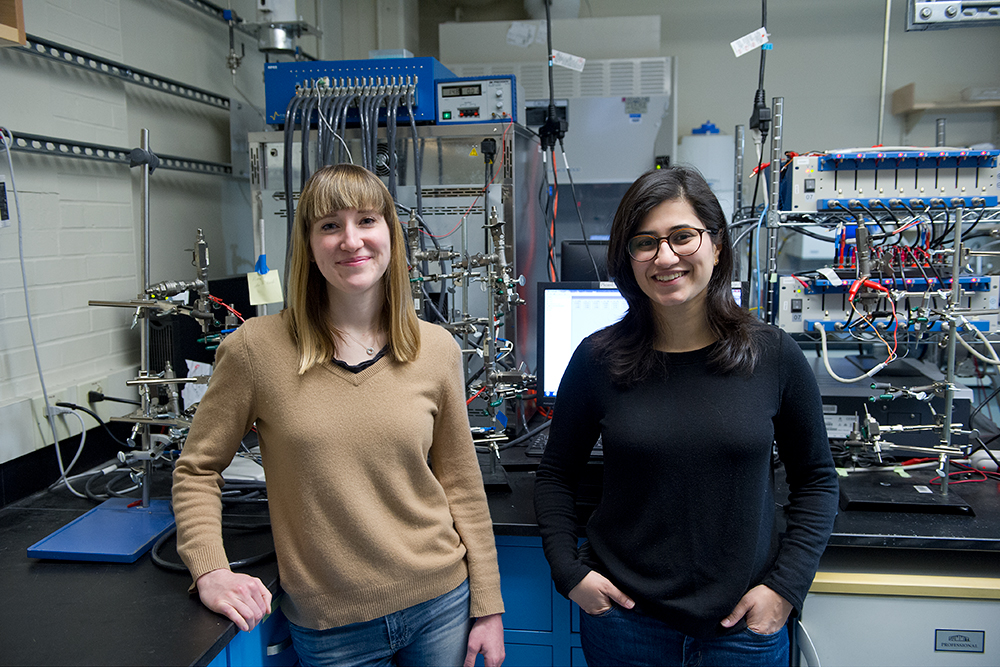Some power plants use materials called sorbents to remove carbon dioxide (CO2) from their exhaust so it can be sequestered from the environment. But separating the CO2 from the sorbent requires high temperatures and produces CO2 gas that must be put into long-term storage—a prospect that raises safety and security concerns. In a proof-of-concept study, MIT researchers have demonstrated a battery-like system that uses the same CO2-capturing sorbent in a specially designed electrolyte that drives electrochemical reactions with three benefits: They separate the CO2 from the sorbent; they promote the discharge of electricity from the battery; and they incorporate the CO2 into a solid that can serve as electrode material or be safely discarded. Their system—made of lithium and carbon electrodes plus the special electrolyte—achieves discharge voltages similar to those of other lithium-gas batteries under development. The researchers are now working to understand and optimize their lithium-based system and to see whether less-expensive, earth-abundant metals might work as well.
 Betar Gallant
Associate Professor
Betar Gallant
Associate Professor
 Aliza Khurram
Research Assistant
Mechanical Engineering
Aliza Khurram
Research Assistant
Mechanical Engineering
